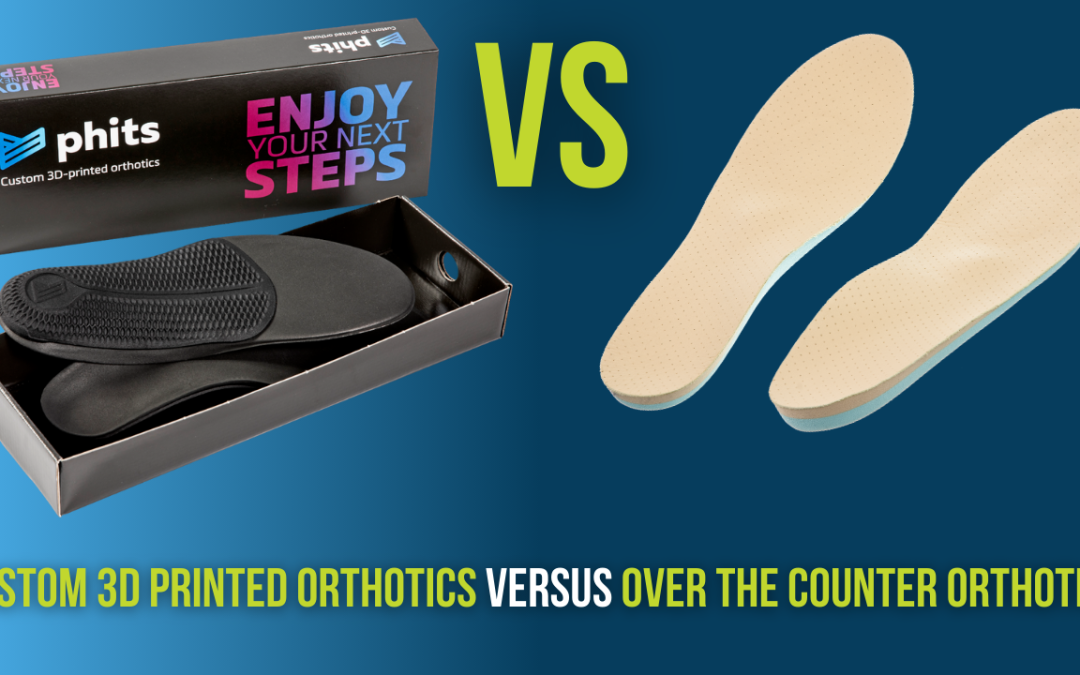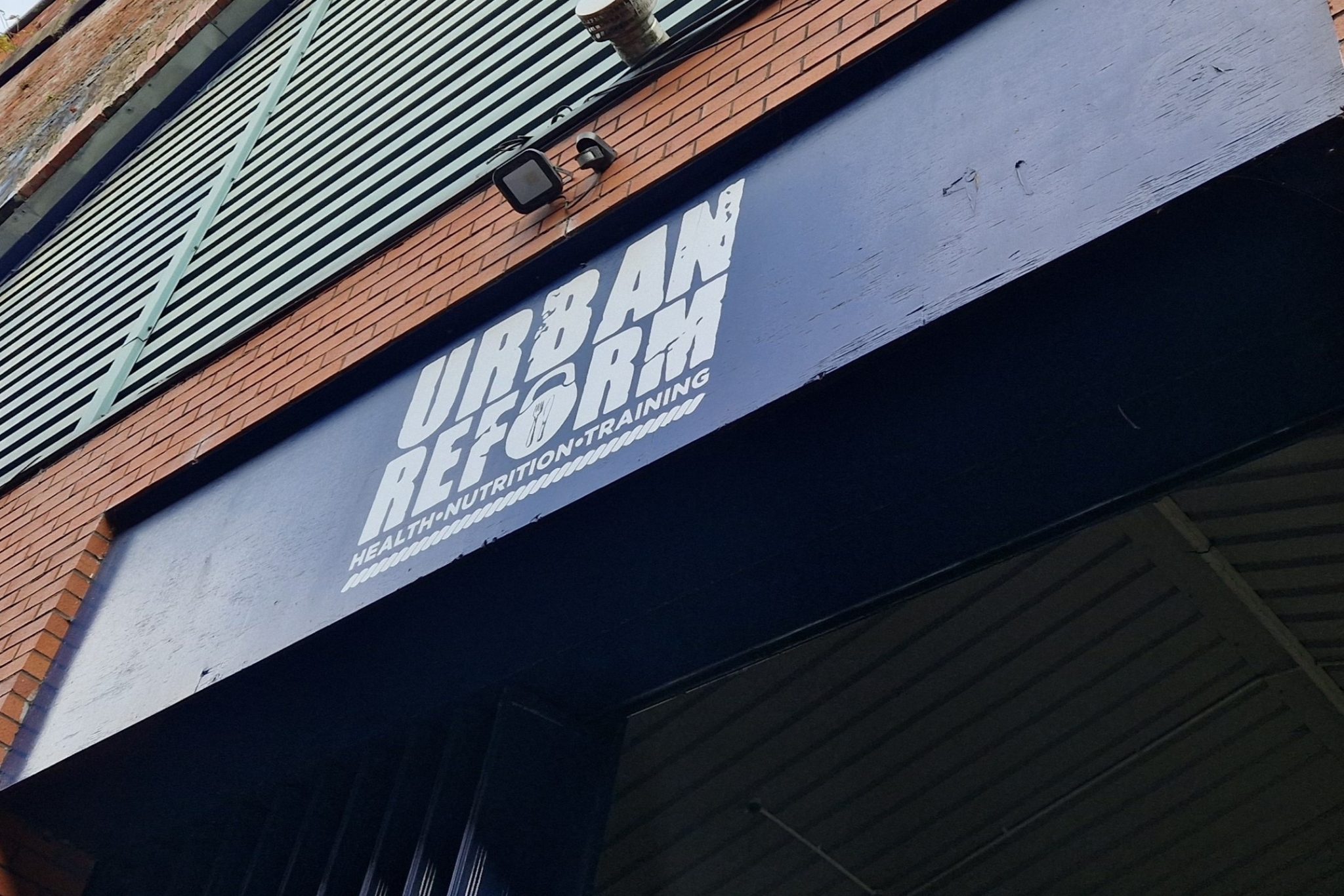3D Printed Orthotics vs Over the Counter: Which is better?
Orthotics have become a cornerstone of foot care, offering relief and support to individuals with a variety of foot-related issues. Whether you suffer from plantar fasciitis, flat feet, or general discomfort from standing for extended periods, orthotics can make a world of difference.
But when it comes to choosing orthotics, you’re faced with two main options: custom 3D printed orthotics or over-the-counter (OTC) orthotics. Each comes with its own advantages and drawbacks, making it important to carefully evaluate which is the best fit for your needs. Let’s explore the key differences and help you decide which option might work better for you.
Understanding Orthotics
Orthotics are shoe inserts designed to support and align the foot. They can help address biomechanical issues, alleviate pain, and improve overall comfort. These devices are particularly useful for individuals with conditions like;
- – Plantar fasciitis: Inflammation of the tissue that runs along the bottom of the foot.
- – Flat feet: A lack of arch in the foot, leading to potential misalignment and discomfort.
- – High arches: Excessive arch height, which can lead to instability and pain.
- – Arthritis: Joint pain and stiffness that can benefit from added support.
- – Diabetes-related foot problems: Pressure relief to prevent ulcers and sores.
While the purpose of orthotics is the same, the way they are designed and manufactured differs significantly between custom 3d printed orthotics and OTC options.
What Are Over-the-Counter (OTC) Orthotics?
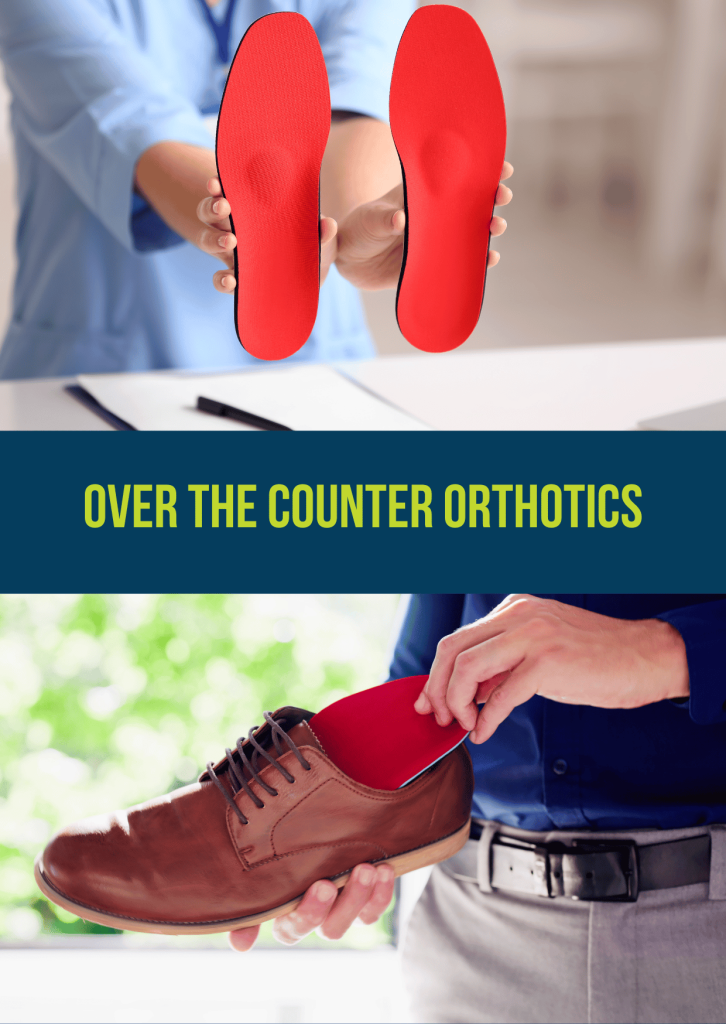
OTC orthotics, also known as prefabricated or generic orthotics, are mass-produced shoe inserts available at pharmacies, sports shops, and online retailers. They come in various forms, such as gel insoles, foam inserts, and arch supports, catering to different types of foot pain or discomfort. They can be a cost effective option, and can be easily purchased online via retailers like Amazon, or in a local Boots shop.
Pros of OTC Orthotics
- Affordability: OTC orthotics are significantly cheaper than custom orthotics, with prices typically ranging from £10 to £50.
- Accessibility: They are readily available and can be purchased without a prescription or consultation with a healthcare professional.
- Convenience: These products can be used immediately, with no waiting period for fittings or manufacturing.
Cons of OTC Orthotics
- Generic Fit: OTC orthotics are designed to fit a wide range of foot shapes, meaning they may not provide the precise support your feet need.
- Limited Durability: Many OTC options are made from less robust materials and may wear out quickly.
- Less Effective for Severe Issues: OTC orthotics might not adequately address serious biomechanical problems or chronic conditions.
What Are Custom 3D Printed Orthotics?
Custom 3D printed orthotics are bespoke devices tailored to your specific foot anatomy and needs. A podiatrist, orthotist or therapist assesses your feet, gait, and overall biomechanics to design an orthotic that provides optimal support and alignment. At Summit Physiotherapy, we offer a forceplate analysis, which will assess and design orthotics specifically for a wide range of clients. This is a bespoke service, which can be of benefit to both athletes and non athletes.
Pros of Custom 3d PRINTED Orthotics
- Personalised Fit: Custom 3D printed orthotics are designed based on a detailed assessment such as the forceplate analysis, ensuring they cater specifically to your feet. When we use the forceplate to assess a client’s foot and if they would benefit from an orthotic, we take measurements moving and standing still, to assess the ground reaction force and where the patients weight is distributed.
- Targeted Treatment: They are particularly effective for addressing specific conditions, such as plantar fasciitis, mortons neuroma, tendinopathy, or bunions.
- Durability: Made from high-quality materials, custom 3D printed orthotics often last several years with proper care.
- Improved Long-Term Benefits: Custom 3D printed orthotics can correct biomechanical issues, potentially preventing further complications and discomfort.
CONS OF CUSTOM 3d Printed orthotics
- Higher Cost: Custom 3D printed orthotics come with a higher price-point, with prices ranging from £150-£200 or above.
- Longer Process: The process involves attending appointments, such as the footscan analysis and waiting-time for the orthotics to be manufactured.
- Adaptation Period: It may take time for your feet to adjust to custom orthotics as they are gradually introduced into your footwear and daily activity.
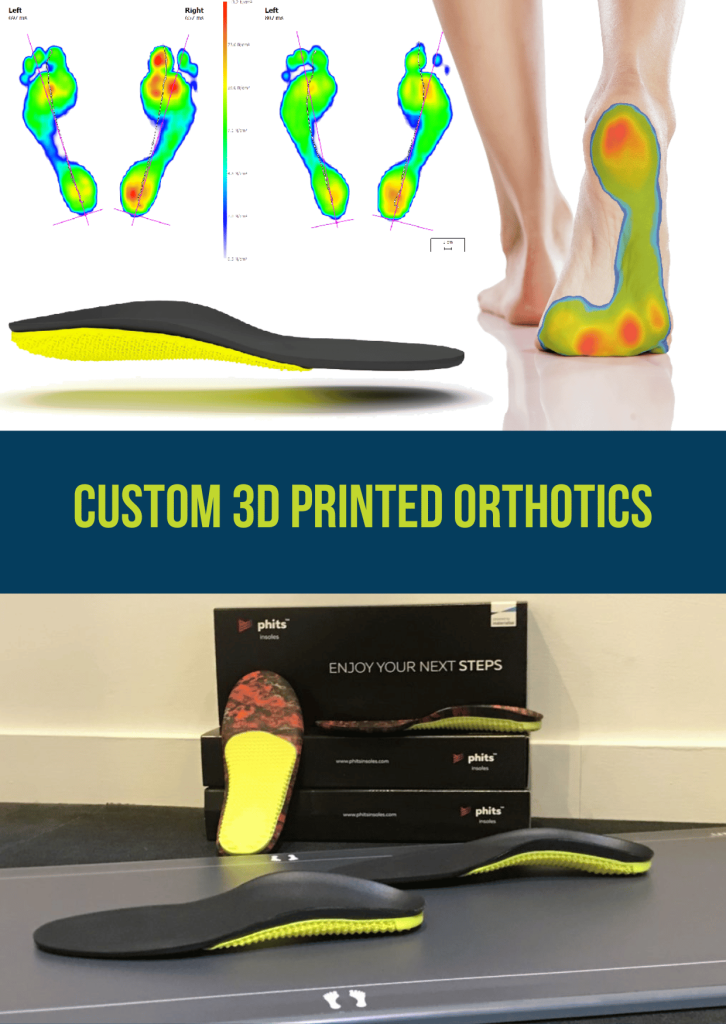
Effectiveness: Custom 3D Printed orthorics vs OTC Orthotics
When comparing the effectiveness of custom and OTC orthotics, it largely depends on the severity of the foot issue and the individual’s specific needs and biomechanics.
- For Mild Issues: OTC orthotics can be sufficient for minor foot discomfort or general support. For example, if you experience mild foot fatigue from standing all day, a good-quality OTC insert might be all you need.
- For Chronic or Severe Conditions: Custom orthotics are more effective for addressing complex or chronic issues. Studies have shown that custom orthotics can significantly reduce pain and improve function in conditions like plantar fasciitis, arthritis, and diabetic neuropathy. They can also be very beneficial for pain higher up the kinetic chain or biomechanical issues.
- Biomechanical Correction: If your foot structure or gait requires correction, custom orthotics are far superior. OTC orthotics lack the precision needed to address these issues effectively.
Cost Comparison
Cost is one of the biggest factors influencing the choice between custom and OTC orthotics. Here’s a closer look at the financial considerations:
- OTC Orthotics: These are affordable, with most products priced under £50. However, their shorter lifespan means you may need to replace them more frequently.
- Custom Orthotics: While the upfront cost is higher, custom orthotics are more durable, often lasting several years. For individuals with chronic conditions, the long-term benefits can outweigh the initial investment.
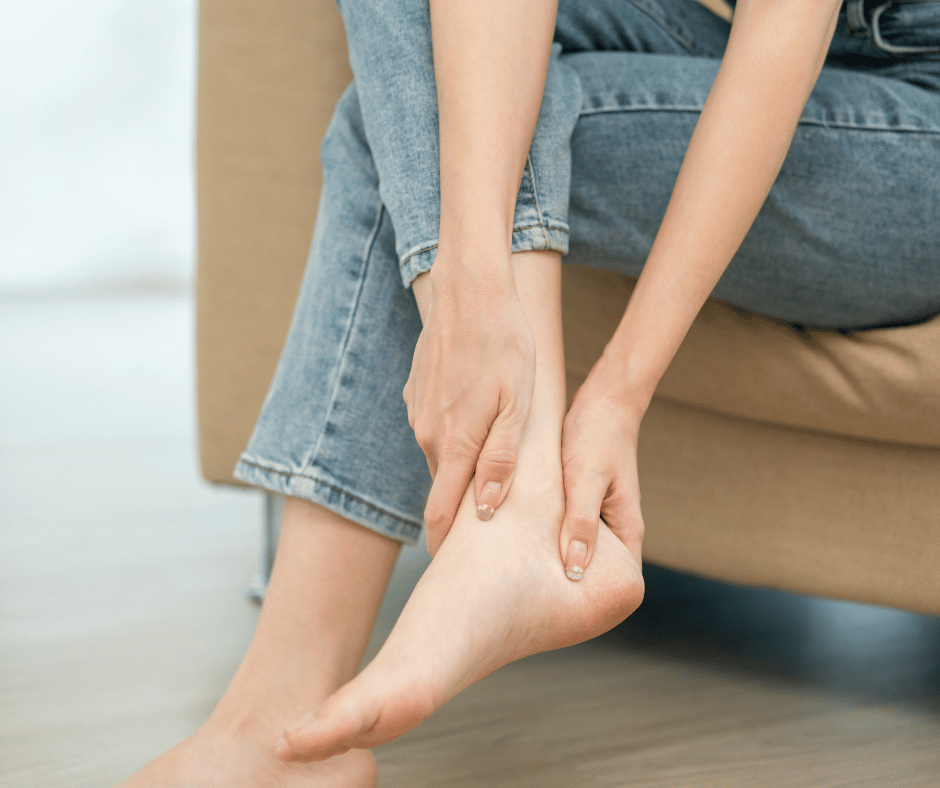
Who Should Choose OTC Orthotics?
OTC orthotics are a practical choice for:
- – Individuals with mild foot discomfort or fatigue.
- – Those who need a quick, affordable solution.
- – People who want additional cushioning or support for everyday activities or sports.
However, it’s essential to ensure that the OTC product fits well and provides adequate support. Poorly fitted orthotics can exacerbate existing issues or create new ones.
Who Should Choose custom 3d printed Orthotics?
Custom 3D printed orthotics are ideal for:
- – Individuals with chronic foot conditions like plantar fasciitis, bunions, or arthritis.
- – Athletes or active individuals who need specialised support to enhance performance and prevent injuries.
- – Those with unique foot shapes or gait abnormalities that OTC products cannot accommodate.
- – People with medical conditions like diabetes, where precise pressure relief is critical to avoid complications.
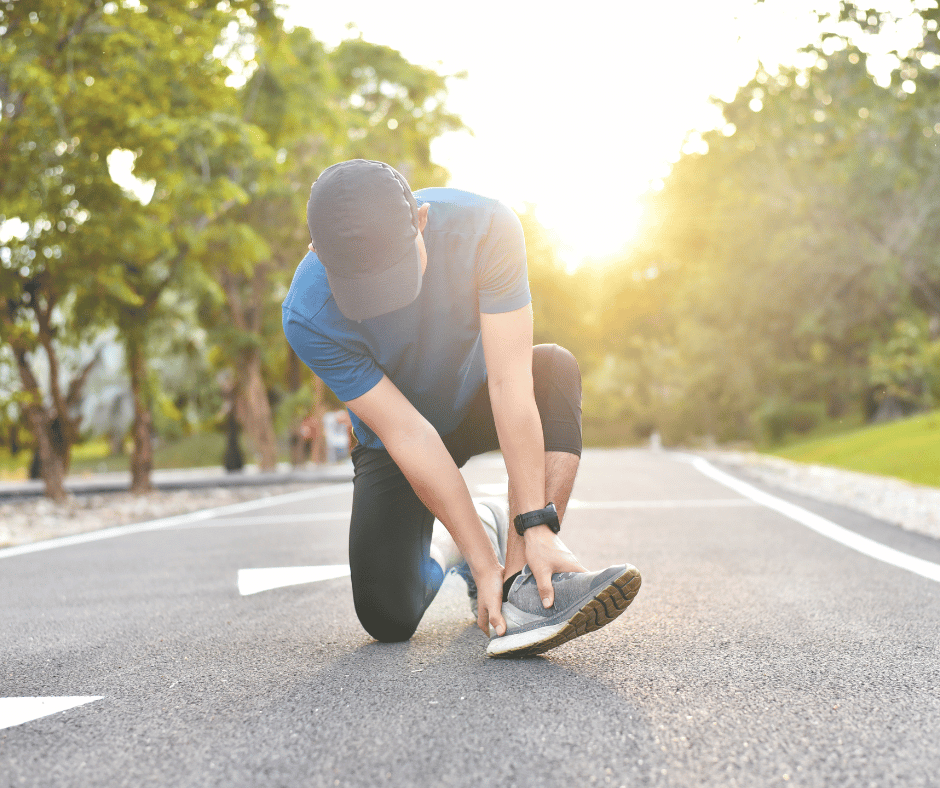
Final Verdict: Which Is Better?
The choice between custom and OTC orthotics ultimately depends on your individual needs, lifestyle, and budget. Here are some general guidelines:
- – Choose OTC Orthotics If: You have mild or temporary discomfort, a limited budget, or need an immediate solution.
- – Choose Custom 3D Printed Orthotics If: You have a chronic condition, unique foot structure, or specific biomechanical issues that require precise correction.
Tips for Choosing the Right Orthotics:
1. consult a professional
Even if you’re considering OTC orthotics, it’s a good idea to consult a clinician to ensure you’re addressing the right issue. The footscan analysis that we offer at our Summit clinics is a great assessment tool for foot problems and to make bespoke custom made orthotics.
2. Assess the fit
Whether OTC or custom, the orthotic should fit snugly in your shoe and provide adequate support without causing discomfort.
3. Consider durability
If you’re active or on your feet often, invest in a durable product that can withstand regular use.
4. Be Patient
It may take time for your feet to adjust to new orthotics, particularly custom ones.
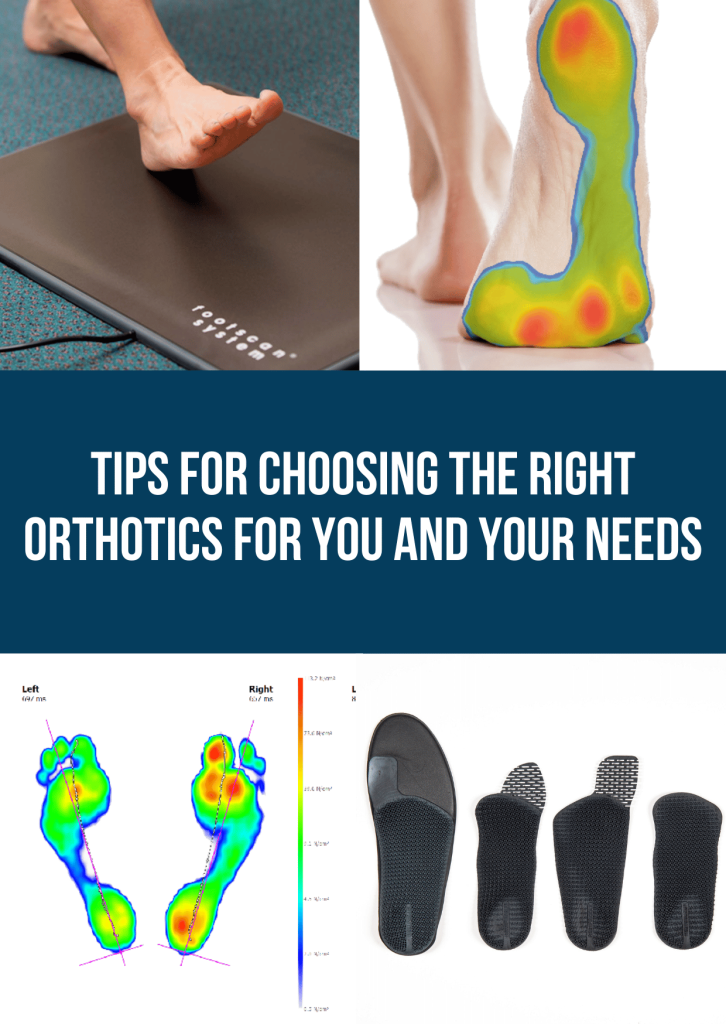
CONCLUSION
Orthotics can be a game-changer for foot health, providing support, comfort, and relief from pain. While OTC orthotics are a great choice for mild issues and immediate relief, custom orthotics offer unparalleled benefits for those with chronic conditions or specific biomechanical needs. By carefully evaluating your symptoms, lifestyle, and budget, you can choose the option that best suits your feet.
Ultimately, your comfort and health should be the top priority. If in doubt, consult a healthcare professional to ensure you’re making the best choice for your unique circumstances. Your feet will thank you for it!
Please enquire about our orthotics and gait analysis services to see if you will benefit from a custom 3D Printed orthotic.
If you wish to seek further help or speak to a practitioner about any of the above, call us on 0800 731 2738 or book online here.
You can also view all the services we provide within our clinics on our website, as well as checking out our other blogs and content.
For more free tips and information, make sure to follow our Facebook and Instagram pages. We also post client stories, so you can see how we’ve helped people get back to doing the things they enjoy!
